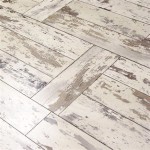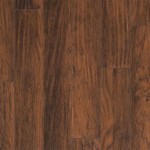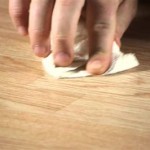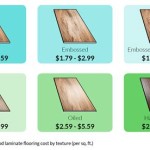Engineered Wood Flooring Installation Over Concrete: A Comprehensive Guide
Upgrading your flooring with engineered wood can transform the look and feel of your home. When installed over concrete, this resilient flooring option offers a durable and aesthetically pleasing solution. Here are the essential aspects you need to consider for a successful floating engineered wood flooring installation over concrete:
1. Moisture Barrier and Underlayment:
Concrete is prone to moisture, which can damage engineered wood flooring. Install a moisture barrier, such as a polyethylene film, over the concrete to prevent moisture seepage. Additionally, an underlayment provides a stable and cushioned base for the flooring, reducing noise and improving comfort.
2. Concrete Preparation:
Ensure the concrete subfloor is level, dry, and clean. Remove any adhesives, paint, or debris to achieve a smooth surface for installation. If necessary, consider grinding or leveling the concrete to correct any imperfections.
3. Acclimation of Materials:
Before installation, allow the engineered wood flooring and underlayment to acclimate to the temperature and humidity of the room for at least 48 hours. This stabilizes the materials and prevents post-installation buckling or gapping.
4. Tongue-and-Groove Interlocking:
Engineered wood flooring typically features a tongue-and-groove interlocking system. Align the tongues of one plank with the grooves of another and gently hammer them together using a tapping block. Start installation along a straight wall and work your way across the room.
5. Perimeter Expansion Gap:
Leave an expansion gap of 1/4 to 1/2 inch around the perimeter of the room to allow for natural expansion and contraction of the flooring. Use spacers to maintain the gap while installing and remove them afterward.
6. Transition Joints and Thresholds:
If the flooring extends into different rooms or areas with varying floor heights, transition joints or thresholds are necessary. Choose suitable transition pieces that match the flooring style and provide a smooth transition between surfaces.
7. Moldings and Baseboards:
Moldings and baseboards give the flooring a finished look and conceal any expansion gaps. Choose moldings that complement the flooring and install them securely to the wall or base of the cabinetry.
8. Maintenance and Care:
To maintain the beauty and durability of your engineered wood flooring, follow proper care instructions. Sweep or vacuum regularly, mop with a recommended wood floor cleaner, and avoid using abrasive pads or cleaning agents that can damage the finish.
By adhering to these essential aspects, you can achieve a successful installation of engineered wood flooring over concrete, creating a stunning and long-lasting flooring solution for your home.

Installing Wood Flooring Over Concrete Diy

Installing Engineered Hardwood On Concrete Villagio Guide

Floating Engineered Hardwood

Installing Engineered Hardwood On Concrete Twenty Oak

Floating A Wood Floor Hardwood Floors

Installing Engineered Hardwood On Concrete Twenty Oak

Flooring Fixing Methods Floating Floors Direct Wood Blog
Is It Possible To Put Hardwood Over A Concrete Subfloor Quora

Installing Wood Subfloors Over Concrete Hardwood Floors

Getting It Right Wood Flooring Over A Concrete Subfloor Page 2 Of 3 Construction Specifier
Related Posts








